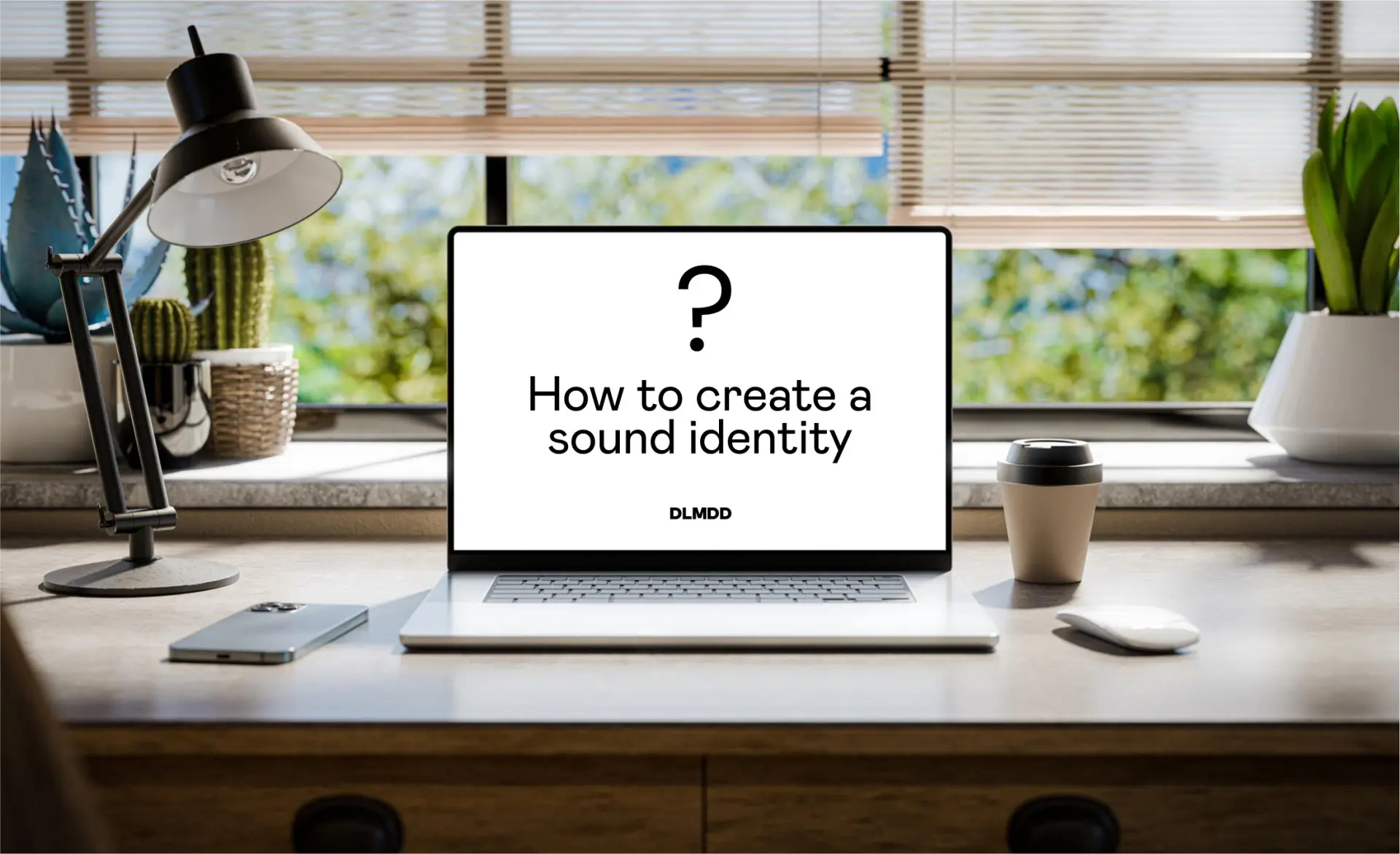If this is your first foray into brand sound, check out the first piece in this series entitled ‘What is sonic branding?’.
SONIC BRANDING is how a brand sounds - simple, yes? Wellllllll……
The first thing to note is that there is a whoooole menu of assets a brand can use as part of their sonic identity: sonic logos, jingles, brand voices, UX sounds - I’ll take the lot!
That bit is easy enough to understand. But let’s take a step further and dig a little deeper: what does your brand need? What is your style of communication and advertising? What kind of brand are you, and how does sonic branding work in that space? From this stance, there are a couple different options to think about.
1. A stand-alone sound.
Simply a sound for sound's sake.
Not wedded to a specific film or motion design.
Just a sound with a single purpose - ubiquity and fame from the moment you hear it.
Some of the world's most famous sound logos do just that.
Beautifully crafted sound that's played time and time again.
Creative Bloq have compiled a collection of 11 of the best audio logos and why they work.
Spoiler alert - pole position goes to yours truly with our work for Cadbury. Find out more about this work here.
2. A campaign rooted sound
Some great sound identities are central to a creative campaign idea.
Operatic tenor Gio Campario (real name Wynne Evans) has been a hallmark of Go Compare's advertising for over a decade.
The character and his musical theme have become so distinctive for the brand that taking them away would be akin to Apple changing its logo to an orange.
If you're thinking of comparing car or home insurance, there's probably one place you're heading first.
Domino's are another high octane advertiser calling out to the nation with their sound "Domin-oh-hoo-hoo".
The yodelling motif is the root of the campaign concept - a primal communicator of nothing but pizza.
It's a mnemonic device used cleverly - not just as a brand sound logo but also a comedic gesture too that the whole campaign idea hinges on.
Touch of genius - we love it.
3. A commercial licence or re-record
One of the main purposes of developing a sonic identity is simply to create FAME. What better way to shortcut your way to fame than by borrowing some equity from a song or melody that people already know?
This goes beyond licensing a piece of music just for a campaign: it’s about tying the brand directly to that piece of music, and using it for a long time period.
We've been working with UK retailer Dunelm and their creative agency Creature to refashion ‘You’re The One That I Want', the duet between John Travolta and Olivia Newton-John in the universally loved musical Grease. Turning it from ‘dance-floor filler’ to ‘shop-floor filler’.
4. The public domain
Public domain music is music that is out of copyright. Typically this means a lot of older pieces classical music, and consequently lots of traditional melodies and earworms that 'you know without knowing why you know them'.
If you can find the gold dust, it's provides a similar fame shortcut to licensing a piece of commercial music, but can be more cost effective.
Pro Plan is the jewel in the Purina brands - and for their sound identity we worked with them refashion the theme of Erik Satie's iconic Gymnopédie to create a distinctive brand owned version of this iconic motif.



